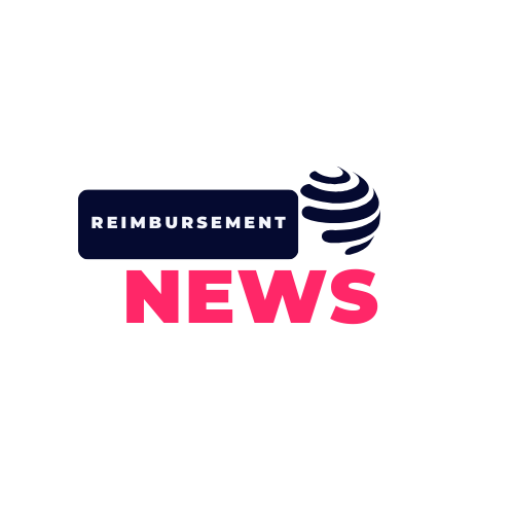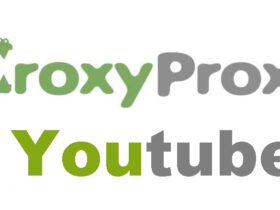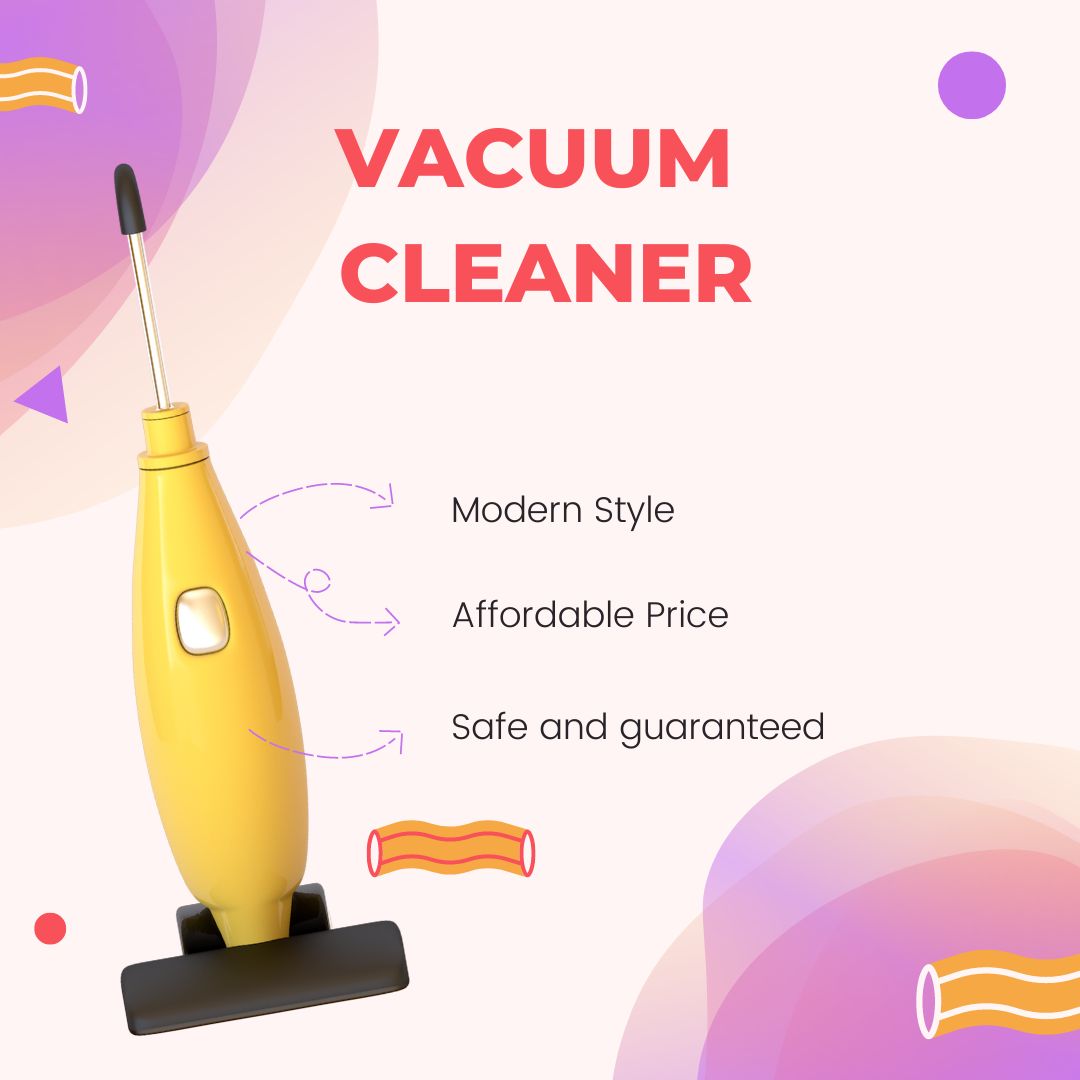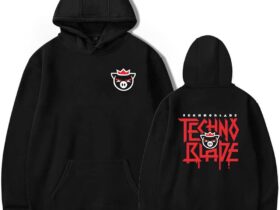Label materials are essential to a product’s functioning, protection, and appearance. They add to the consumer experience by acting as ambassadors for the brand and product information. The Label Material has an effect in sustainability, cost, durability, and look. Therefore, marketers and producers need to know their possibilities.
We will talk about the many kinds of label materials and their qualities. By the time you finish reading this book, you will know everything there is to know about the different label materials and be able to choose wisely depending on your needs as a consumer, your brand, and the environment.
Detachable Labels
Removable labels allow for a less permanent application. They get removed from any surface they are affixed, leaving little to no sticky glue behind. The label is resistant to harm and may be attached to another surface. Removable labels are ideal for short-term usage on reusable containers, as personalised wine bottle labels, or as pricing and promotion stickers.
Paper with Machine Coat
The phrase “machine coat” describes a class of paper materials with a machine-applied finish; while glossy, this class does not have the mirror-like appearance of cast gloss paper. When the extra quality and moisture resistance of the cast gloss are not needed, use this paper. If gloss varnish or film lamination is applied, the finished label will have a finish similar to a cast gloss label.
Matt Finish Paper
Uncoated papers, commonly known as litho or vellum, are the most widely used and least expensive Label Material. They are ideal for large-scale printing. Smoother (calendared) and coated matt paper alternatives are more costly but offer higher print quality. It is for product identification, choosing, receiving, and branding packing boxes and pallets.
Paper in Litho, Semi-Gloss, and High Gloss
Litho paper is uncoated and matte. It is in computer-pin-fed shipping labels and sheet-fed laser printers. Direct thermal label printers are commonly used in offices to print envelope labels on paper. Some adhesives are both removable and permanent. The cold-temperature and rubber-base adhesives have semi-gloss and high-gloss paper. Food labels make use of the latter.
Paper
The most used material for product labels is paper. Paper goods are widely used by the food, beverage, and pharmaceutical industries for their trademarks since they are simple to customise. For instance, businesses may select between gloss or matte for their specialised package finishes. In addition, we have laid colours and treatments, linen, brown kraft, biodegradable, and semi-gloss options. Paper is not only very print-compatible, but it is also easily customizable.
White polyester or metalized polyester
Metalized polyester has a chrome or mirror-like shine that looks like stainless steel. And glossy textures are available. Because of its dimensional consistency and ability to withstand adverse weather, it is utilised indoors and outdoors as a control panel or pipe label. It relates to air conditioning systems and tool marking. A permanent adhesive is included.
Void
When removed, void label material leaves a VOID impression on the object’s surface label. You cannot reapply the label. Void labels are perfect for anti-pilfering exterior case seals, rating plate labels, and seal labels for electronic components. Many materials are on the market that, even when applied to low-energy surfaces, have immediate tamper-indicating properties.












Leave a Reply